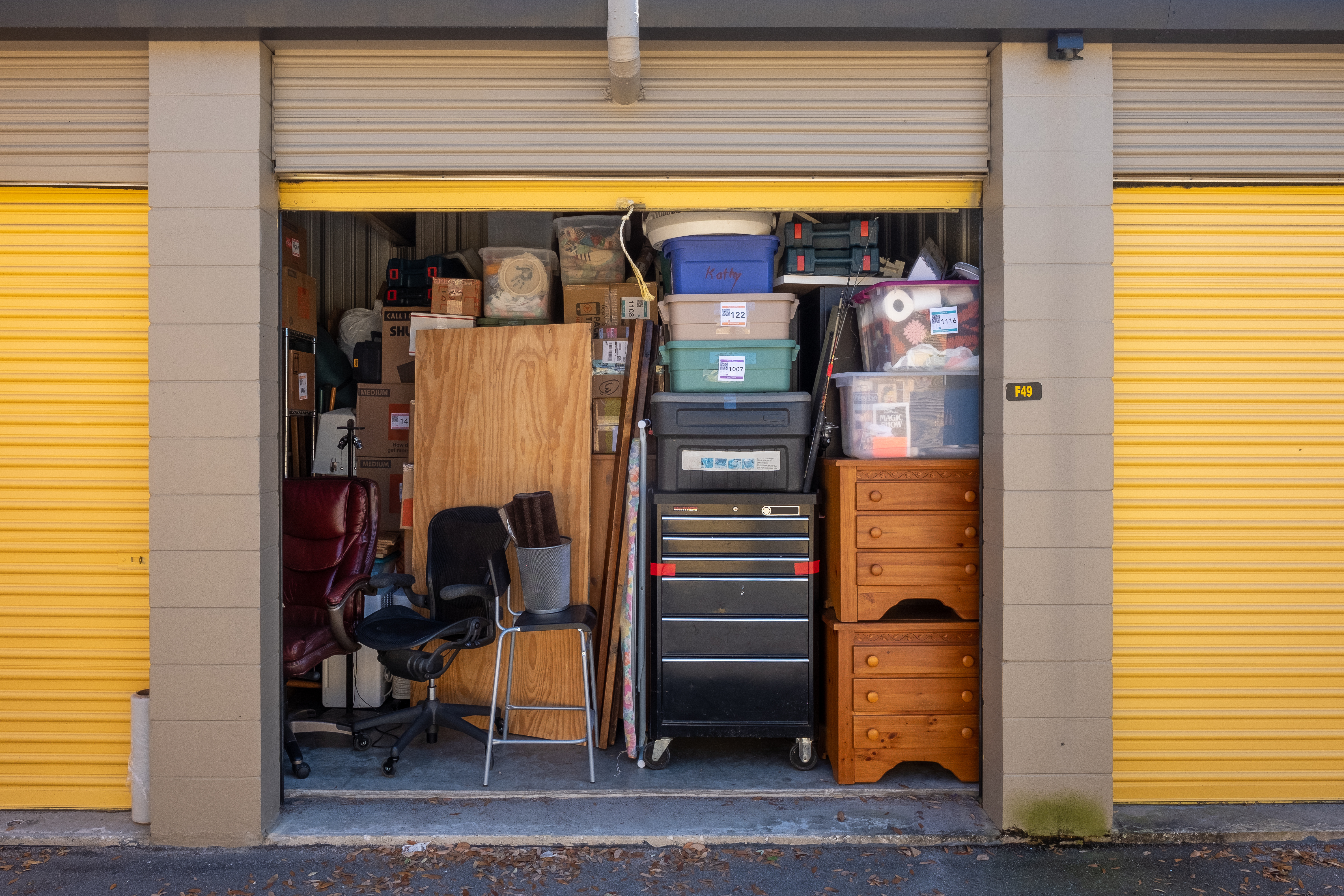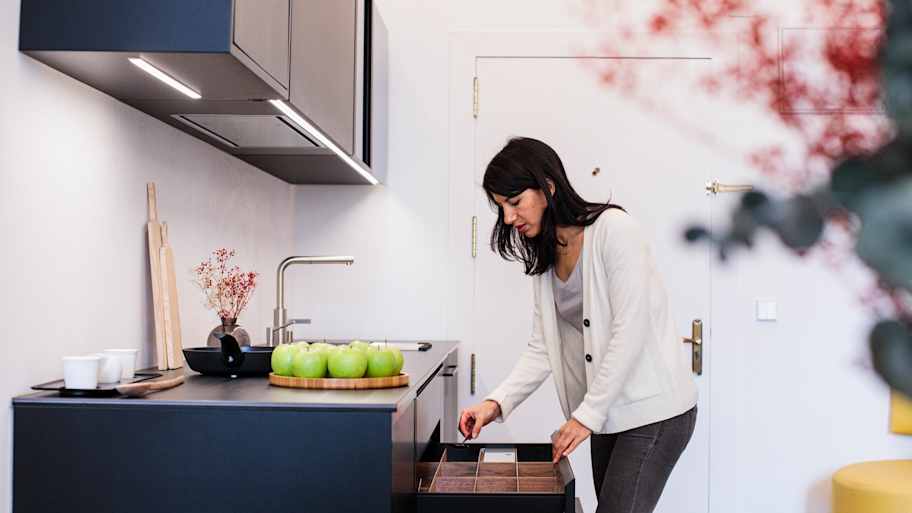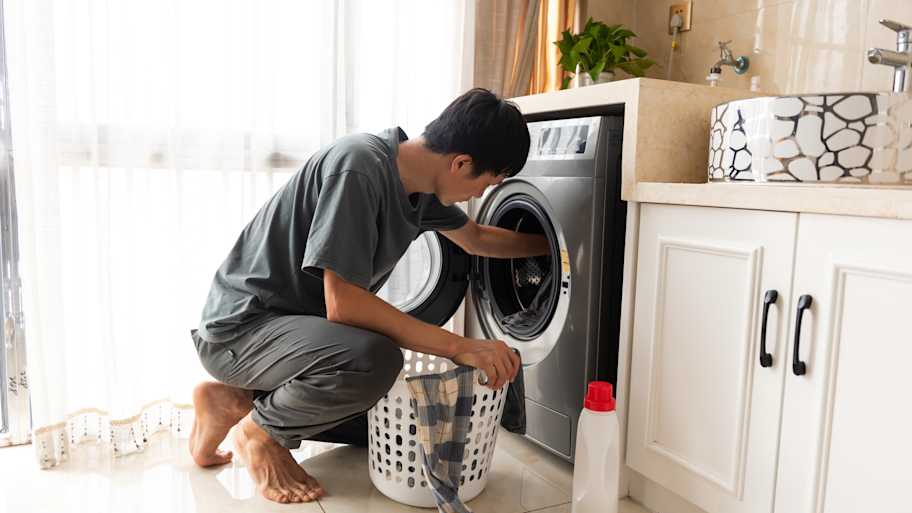
Discover the average professional organizer cost, what influences pricing, and how to budget for your next home organization project.
Decluttering can make you feel like you have a whole new wardrobe


Organizing your closet maximizes its storage space.
Pass on things that don’t fit or aren’t comfortable.
If you haven’t worn it in the last year, let it go.
Only keep clothing items that you know how to clean.
Whether you have an expansive walk-in closet, a modest reach-in, or a standalone wardrobe, knowing how to organize your closet is essential. As much fun as it is to add new pieces to your collection, it’s important to regularly sort through the items in your closet and donate or recycle what no longer suits you to maximize your closet’s storage space.
If you’re having trouble parting with your beloved clothing, the following questions will help you decide what to keep and what to pass on entirely.
Marie Kondo, organizer extraordinaire, popularized thorough home organization and tidying up, with books and even a TV show dedicated to the task. Her trademarked organization method, the KonMari method, involves sorting through your items to only keep what “sparks joy” when you look at or touch it.
Use this method to help as you declutter your closet. Pull each shirt, skirt, dress, and everything else out one by one. If you feel noticeably happier when you look at it, place it in your “keep” pile. Donate or recycle everything else when organizing.
If not, let it go. If there’s only a small chance that you’ll wear it someday, keeping that clothing item isn’t worth the closet space. It can be difficult to let go of something you had a vision for, but once you rid it from your closet, we promise you’ll feel a lot lighter. Pass it on to a friend or family member if that softens the blow.
Pro tip: Once you wear something, turn the hanger the opposite way. Look at which items are still facing forward at the end of the year or season. This trick will give you a good insight into what you actually wear.
If you come across an item you love (or used to) while you’re sorting through your closet, try it on. Pay attention to whether or not it fits properly. If not, it’s time to let it go. Your clothes should fit you, not the other way around.
Instead, rid your closet of ill-fitting items and buy things that fit you at this moment and that make you feel comfortable.
You may have had some fun times in your beloved band tee, but be honest with yourself—is it wearable? Is that juice stain ever going to come out? When your items are damaged beyond repair, use them as rags for cleaning up or recycle them. If you want to keep the memories alive, consider transforming them into something like a quilt and make room for new clothes in your closet.
Comfort is key. If you constantly have to adjust that dress or fiddle with that shirt, you probably won’t wear it very often. To organize your walk-in closet or clothing rack with ease, reserve the space for things you’ll actually wear. No scratchy sweaters allowed.
Even if you have a clothing item that you love and want to wear, you may not have enough clothing items that go with it to feel comfortable wearing it. If you love the item enough, you can consider buying items to complement it. But otherwise, pass it on.
Maybe you thrifted the jeans of your dreams, with the perfect amount of wear and just the right color, but not quite the right length. Taking it to get altered is an easy way to make it wearable, but it’s a chore. If you don’t ever get around to altering or repairing your clothing, you may as well hand it over to someone who will.
The same rule goes for an item’s care instructions. If you have a handful of dry-clean-only shirts and you hate lugging your things to the cleaners, be done with them. Stick to items you can care for easily.

Go through your closet each season and put away things you no longer need. That doesn’t necessarily mean you have to get rid of them—just store the clothes for use later.
For example, if you have the space, you can put away all your chunky sweaters once summer hits and put them back in your regular rotation once the temperatures drop back down. This tactic will make lots of extra room in your closet to store the items you need daily.
Once you get through the initial rounds of decluttering, you can get into the actual organizing. With an organized closet, ideally, you won’t have to rummage through your entire wardrobe or suffer through a garment avalanche the next time you’re looking for your favorite jacket.
However, once you figure out a good organization system, if you’re still unable to fit all of your clothing in your closet comfortably, you may have to do another round of decluttering. Be a little more discerning here—if that chunky pair of boots you were on the fence about is preventing you from closing your closet, let them go.
If you’re still stuck in the decluttering phase, it may also be worth it to enlist the help of a local home organization pro to get a system in place so you can create outfits with ease.
From average costs to expert advice, get all the answers you need to get your job done.

Discover the average professional organizer cost, what influences pricing, and how to budget for your next home organization project.

Declutter and maximize your space with these eight smart storage tips for messy closets, cupboards, and drawers around your home.

Maximize space and save money with these expert storage unit tips. Smart packing strategies and organization hacks included.

These kitchen drawer organization tips will reduce time spent rifling through the kitchen looking for what you need. Learn how to organize your kitchen.

Discover small closet organization tips to maximize space, reduce clutter, and create a stylish, functional storage area that suits your needs.

Maximize space and reduce clutter with these smart laundry room organization tips that boost function and even your home’s resale appeal.